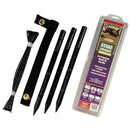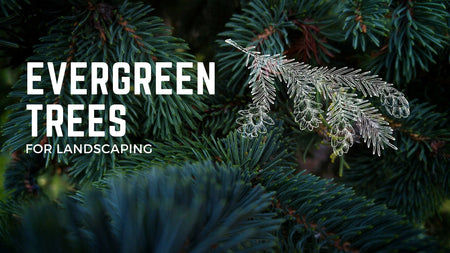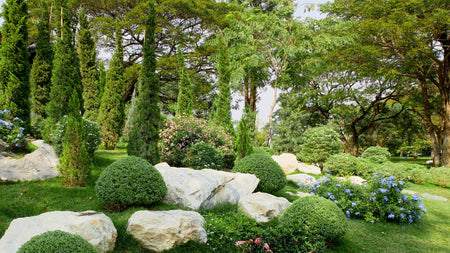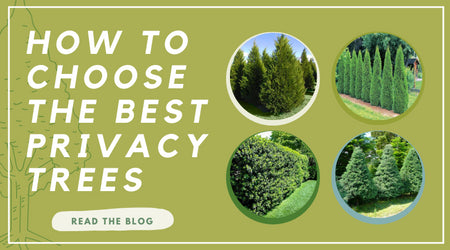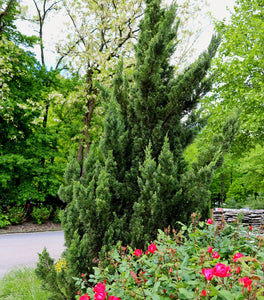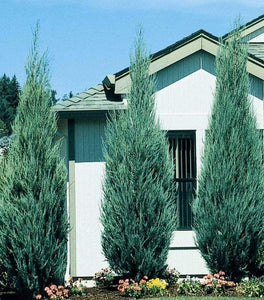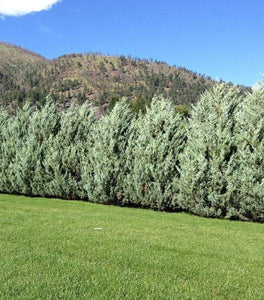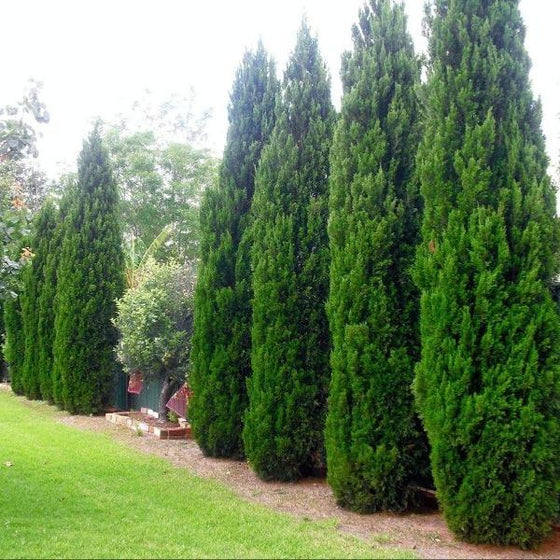
Images Depict Mature Plants
Elegant, Evergreen Privacy with Effortless Maintenance
Classic Columnar Shape for Structured Landscapes
The Juniperus chinensis ‘Spartan’, or Spartan Juniper, is one of the most popular columnar evergreens in America — and for good reason. Its lush, dense green foliage forms a naturally symmetrical pyramid, adding instant formality and structure to any landscape. Whether planted as a screen, windbreak, or accent, Spartan Junipers deliver year-round texture and curb appeal.
Fast-Growing and Space-Saving
Reaching 15–20 feet tall and just 4–5 feet wide, Spartan Juniper is perfect for narrow spaces where traditional evergreens may be too wide. Its rapid growth rate means you can achieve a tall, living privacy wall within a few short years. The dense foliage remains vibrant and full from top to bottom, eliminating gaps common in other upright evergreens.
Drought-Tolerant, Hardy, and Deer-Resistant
Spartan Juniper thrives in full sun and well-drained soil, tolerating heat, drought, and urban conditions with ease. Once established, it requires minimal watering and no pruning to maintain its tight, uniform shape. Naturally deer- and disease-resistant, it’s one of the most reliable evergreens for long-term landscape performance.
Versatile in Design and Function
Use Spartan Junipers to frame entryways, line driveways, or create evergreen hedges with architectural appeal. Their formal silhouette complements both traditional and contemporary landscapes. Combine them with lower shrubs like boxwoods or ornamental grasses for balanced contrast and four-season interest.


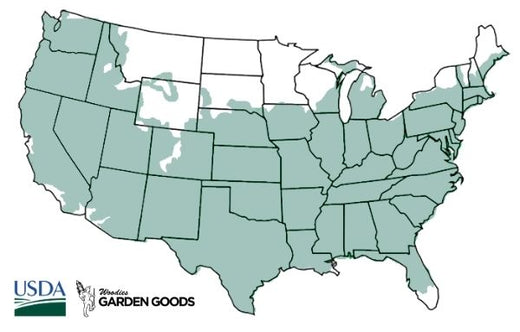
| Botanical Name | Juniperus chinensis ‘Spartan’ |
|---|---|
| Hardiness Zone: | 5-9 |
| Mature Height: | 15 to 20 Feet |
| Mature width: | 4 to 5 Feet |
| Classification: | Evergreen tree |
| Sunlight: | Full Sun |
| Habit: | Upright, conical |
| Flower Color: | Inconspicuous |
| Soil Condition: | Well-drained soil; adaptable to poor soils |
| Water Require: | Low once established |
How to Care for Spartan Juniper
Before you buy a Spartan Juniper Tree, make sure to read about the recommended care instructions to keep this plant healthy and flourishing.
How should I plant Spartan Juniper?
Choose a sunny, well-drained location where your Juniper will have room to reach its mature height and width. Dig a hole twice as wide as the root ball and just as deep, loosening the surrounding soil to encourage root expansion. Position the tree so that the top of the root ball is level with the soil surface, then backfill gently, firming as you go to remove air pockets. Water deeply to help settle the roots. For privacy screens, space Spartan Junipers 4–5 feet apart for solid coverage, or 6–8 feet apart for a looser, more defined appearance. Adding a 2–3-inch mulch layer around the base helps retain moisture and protect young roots. Avoid piling mulch against the trunk to prevent rot.
How often should I water Spartan Juniper after planting?
Water deeply once or twice weekly during the first growing season to help the tree establish a strong root system. After establishment, Spartan Junipers become highly drought-tolerant and generally thrive on rainfall alone. During extended dry periods or heat waves, an occasional deep soak every 2–3 weeks helps maintain vibrant color. Avoid frequent shallow watering, which encourages surface roots and weakens drought resistance.
When should I fertilize Spartan Juniper?
Feed Spartan Junipers in early spring with a slow-release, balanced evergreen fertilizer such as 10-10-10 to encourage steady growth. Water after fertilizing to distribute nutrients evenly through the soil. If your soil is nutrient-rich or your junipers are growing vigorously, additional feeding isn’t necessary. Compost or organic mulch applied in spring can provide all the nutrients these low-maintenance evergreens require.

When and how should I prune Spartan Juniper?
Spartan Juniper naturally maintains its shape with little to no pruning. However, you can lightly trim stray or damaged branches in early spring before new growth begins. Always use clean, sharp pruners to avoid tearing branches. For formal hedges, a light shearing once per year will maintain a crisp outline. Avoid heavy pruning into old wood, as junipers don’t regrow from bare stems.



